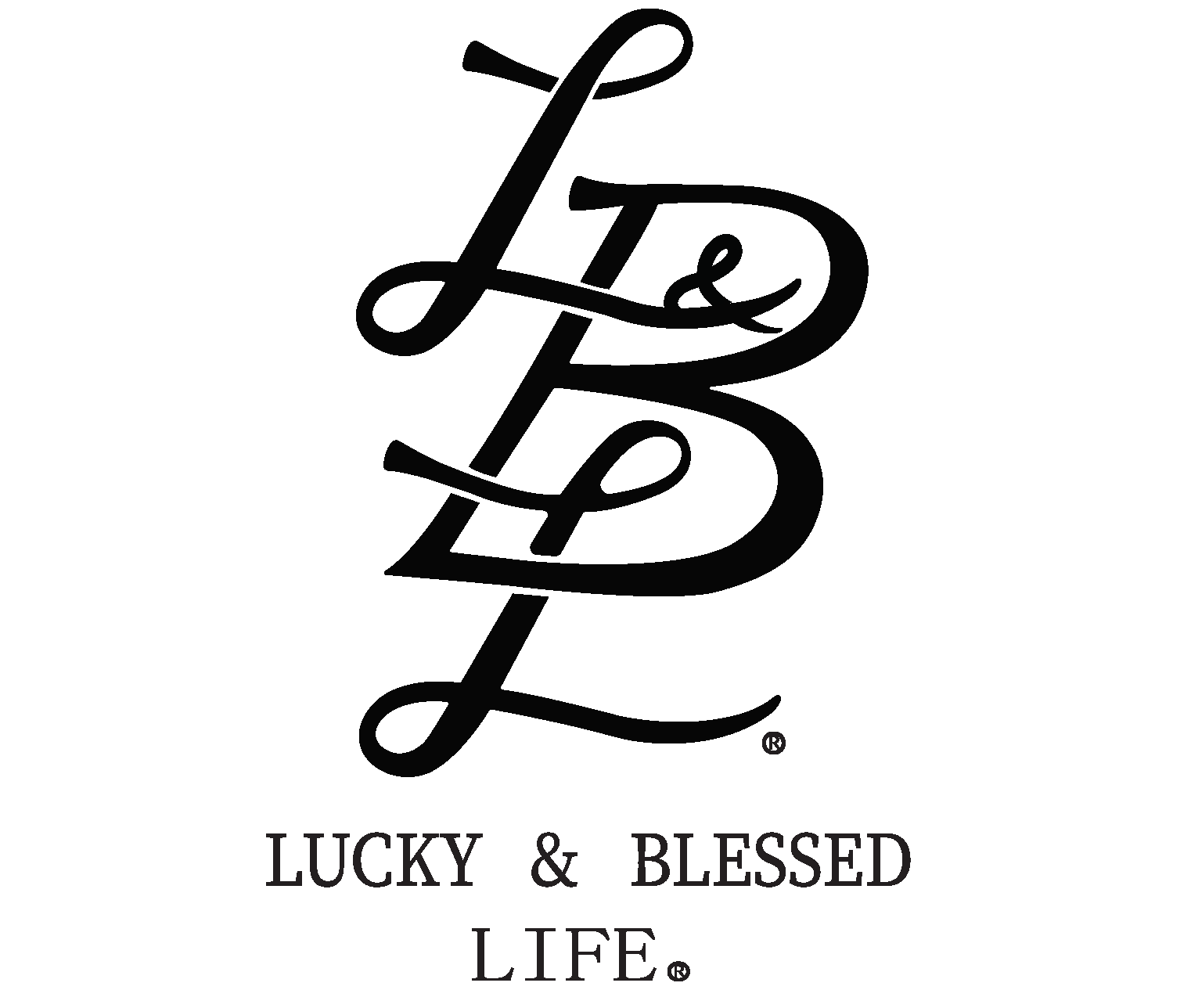
Demystifying the Do’s and Don’ts - A Guide to T-Shirt Printing, Copyright, and Intellectual Property Rights (IPR)
Understanding copyright and IPR laws and their benefits
Creativity, originality and innovation are some of the concepts that are the mainstay of any form of human expression. Creativity and originality are priceless assets that fuel innovation, motivate development, push boundaries and forge new routes. They drive the engine of discovery and allow individuals and the society at large to imagine a future that is both changing and distinctively their own. This applies to all walks of life, including t-shirt printing.
Creativity entails thinking outside the box, breaking established patterns, and producing original and valuable creations. This helps to contribute to the growth of numerous fields, ranging from art and science to technology and commerce. If someone was to imitate your creativity and innovative ideas to create their shortcut to success, would that be fair? This brings us to the world of copyright and intellectual property rights (IPR).
What is copyright?
Copyright is a legal framework that grants exclusive rights to creators or proprietors of original works. It gives the creator sole rights over the reproduction, distribution and customization of their work. Copyright means that others can't use or copy their work without permission. Copyright protection stimulates and rewards innovation by allowing creators to protect their intellectual property and profit financially from their creations.
What is IPR?
Intellectual Property Rights (IPR) are legal protections granted to individuals or organisations for their innovations or inventions. These rights protect intangible assets such as ideas, inventions, designs, logos, or brand names that have commercial or artistic value. IPR consists of several types of protection.
- Patents
- Trademark
- Copyright
- Industrial design
- Geographical indication
T-shirt printing and graphic tees
T-shirt printing is the process of using various printing techniques like screen printing, direct-to-garment, heat transfer printing, paper plastisol transfer and direct-to-film transfer, to apply designs, patterns, or artwork on t-shirts. Individuals or corporations can personalise t-shirts with custom designs, logos, slogans, or images based on their tastes, style, or promotional purposes.
T-shirt printing provides a creative medium for personal expression, branding, marketing, and event commemoration. With the advancement of technology, it has become more accessible, allowing individuals, small enterprises, and large-scale production to bring their distinctive designs to life on wearable clothes. With the help of customization and personalisation, t-shirt printing allows for the creation of one-of-a-kind and eye-catching graphic tees.
Overall, t-shirt printing – and as a result, graphic tees – offers a dynamic and accessible way to combine fashion, art, and personal expression, enabling people to wear their unique style on their sleeves—literally.
Copyright and IPR laws and the clothing industry
Fashion has become an essential component of today’s society and culture. It is a multibillion-dollar enterprise that employs millions of people. However, just like any other sector, laws and regulations govern the fashion sector. Several regulations control the fashion industry, and these rules have a considerable impact on how the business functions.
- Copyright Law: Under copyright law, creative artistic works, such as graphic designs, patterns, and artwork printed on t-shirts, are protected. It forbids others from replicating, distributing, or changing these designs without the copyright holder's consent. The original language and slogans printed on t-shirts are likewise protected by copyright law.
- Trademark Law: This applies to the clothing business because it protects brand names, logos, and symbols connected with certain clothing companies or lines. The use of a copyrighted logo or brand on t-shirts without permission may constitute trademark infringement.
- Design Patents: In some situations, t-shirt designs that are original and aesthetic may be eligible for design patent protection. Design patents protect a product's visual appearance or attributes, and securing one confers exclusive rights to that specific design.
- Counterfeit and Piracy Laws: In the t-shirt printing sector, counterfeiting and piracy are major challenges. There are laws in place to prevent the unauthorised production and distribution of counterfeit t-shirts. Engaging in counterfeiting or piracy can result in legal consequences.
Graphic tees and copyright laws
Graphic tees, with their eye-catching designs and artistic expressions, fall within the realm of intellectual property rights (IPR). In the context of graphic tees, IPR includes several types of legal protection, such as copyright, trademarks, and licencing agreements, all of which are critical for both creators and enterprises participating in the graphic tee industry.
Original artistic works, such as graphic designs, illustrations, and logos, are protected under copyright law against unauthorised use or copying. This means that without permission, using someone else's copyrighted design on a graphic tee can be a violation of their rights. As a result, designers and dealers of graphic tees must ensure that the designs they employ are either original or appropriately licensed.
For using copyrighted designs on graphic tees, certain licences and permissions are required. This can entail contacting the copyright holders, such as artists, designers, or brand owners, and getting a license agreement outlining the terms of use, including royalties and limitations.
Graphic shirt designers and marketers must also be wary of counterfeit or unauthorised designs. This includes not buying or selling graphic tees with unauthorised copies of famous artwork, logos, or trademarks. Producing or distributing counterfeit graphic tees can result in legal ramifications, tarnished reputations, and substantial financial losses.
Graphic tees and IPR – the way ahead
When it comes to graphic tees and IPR, creators' rights are as important as creativity and innovation.
- Promote awareness and understanding of intellectual property rights (IPR) among graphic tee artists, designers, and businesses. Encourage them to learn about copyright, trademarks, and licencing agreements, so they can handle IPR challenges in their designs and operations.
- Encourage graphic tee designers to prioritise originality in their designs, drawing inspiration from a variety of sources while ensuring that their ideas are distinct and unique.
- Encourage collaboration between the creators of graphic tees and original artists or designers. Facilitate the licencing process by allowing creators to secure necessary permissions or licences to use copyrighted or trademarked designs on their graphic tees. This encourages fair recompense for artists and fosters a culture of IPR respect.
- Continue to combat counterfeit graphic tees by increasing consumer awareness, supporting anti-counterfeiting measures, and promoting legal routes for purchasing authentic and licenced graphic tees. In order to combat counterfeiting, industry players, law enforcement, and intellectual property rights organisations must work together.
By adhering to these principles, the graphic tee business can create a thriving ecosystem. that values innovation, protects intellectual property rights, and provides equal opportunity for all stakeholders. Respecting intellectual property rights promotes an atmosphere in which innovation can flourish, creators are appropriately recognised, and customers can enjoy authentic and legally made graphic tees.

